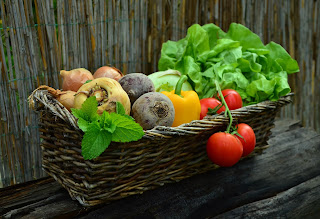Pregnancy Safe Skin Care

The perpetual question: Where is my pregnancy glow? Pregnancy hormones can wreak havoc on one’s usual skin balance causing some complexions to become oily and acne prone. With the increasing number of beauty products and regimes out there, it is hard to discern which are safe to use with pregnancy. Products marketed at “natural” might appear to be harmless, however, the opposite might be true. While some essential oils are perfectly safe to use with pregnancy, there are others that have potential risky side effects. Below is a cheat sheet of beauty products, ingredients, and services to avoid or use sparingly while pregnant: Retin-A, Retinol, and Retinyl Palmitate Retinoids are found in all types of skin care products from anti-aging moisturizers to acne creams to hyperpigmentation treatments. They are a type of vitamin A that speeds up cell division (quickening your skin’s renewal) and prevents skin collagen from breaking down. ...



